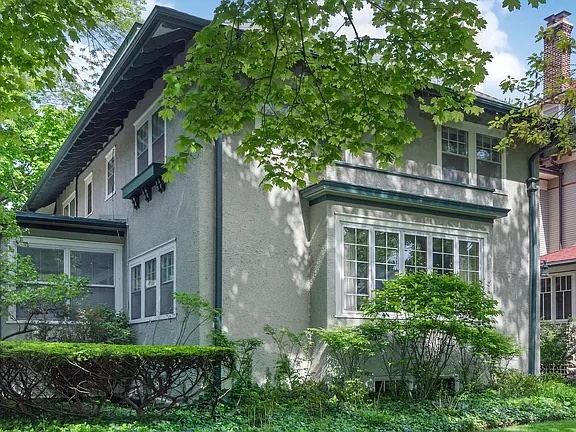
Our old house — not bad on curb appeal
I never watched This Old House on PBS in the years it showed folks how to fix stuff (1979 to 2001). My husband only occasionally engaged in DIY projects with me “supervising,” but we did live for 45 years in a house built in 1911. And we loved our old house, despite its frequent need for repairs. We made many of them over all of those years, but we never aspired to make our house trendy or transform it into something other than an updated for comfort, old home. We raised three children, welcomed our grandkids, and celebrated many life cycle events there.
My husband only occasionally engaged in DIY projects with me “supervising,” but we did live for 45 years in a house built in 1911. And we loved our old house, despite its frequent need for repairs.
In 2020, it was finally time to move on. We bought a move-in-ready condo in January with an April closing date, and we proceeded to put our home on the market. Our timing couldn’t have been worse. The pandemic hit and we had no showings for several months. Then disaster struck. Perhaps the house decided to express its anger toward us for abandoning it by bursting a pipe and ruining our ceilings and floors. As we lived through the chaos of fixing this mess, the noise of the drying mats and fans followed by floor, wall, and ceiling repairs, we took our house off the market. After the repairs were done, we reassessed how our house looked in a bad housing market and made even more improvements.
Don’t get me wrong. We had made many changes in all of the years we lived there, but they were driven by what made the house more functional for us. When we bought it in 1975, we had no money for any home repairs. Gradually, we converted the old screened back porch to an office for my husband; added air conditioning; built a deck; remodeled our master bathroom to include two sinks, a vanity, and a great walk-in shower; and opened a wall between our kitchen and dining room. Of course, we painted, stripped off the wallpaper, and kept the exterior looking fresh. After the flood, we repaired and refinished the hardwood floors. For good measure, we removed the carpeting upstairs and refinished those floors as well. Lest you think we are really handy, we hired people to do all of this.
Feeling better about how great our house looked, we went back on the pandemic market. Even though showings were few and far between, surely someone would bid on our beloved home. When that didn’t happen, we moved into the condo, thinking that buyers would be less fearful to look at an unoccupied house. What we didn’t grasp was how much people’s expectations for a house had changed since 1975. Thanks to shows like Property Brothers, Fixer Upper, Love It or List It , Flip or Flop, and many others on HGTV, in a buyer’s market people expected our house to look like a newly built home in a 110-year-old shell.
If you have never watched these shows (apparently today’s home buyers have), they begin by making a list of “must haves” that almost always include:
- Curb appeal
-
Open-concept floor plan (minimal walls)
-
Large kitchens with islands and professional grade appliances
-
A bathroom for every bedroom, with a few extras for good measure
A “master” (bedroom, that is) with a walk-in closet and its own bathroom
Home office space
A dedicated laundry room that’s never in the basement
No visible neighbors
The people who ended up buying our old house have been working on their version of home repairs for over a year. According to our former next-door neighbors, our newly refinished floors, my husband’s office, our deck, bathroom fixtures, light fixtures, landscaping, and lots of walls have filled multiple dumpsters. I’m not sure if what they are doing is what we thought of as making repairs and improvements during our 45-year tenure there. One thing’s for sure. It is definitely not our house anymore.
I invite you to read my book Terribly Strange and Wonderfully Real, join my Facebook community, and visit my website.
Boomer. Educator. Advocate. Eclectic topics: grandkids, special needs, values, aging, loss, & whatever. Author: Terribly Strange and Wonderfully Real.


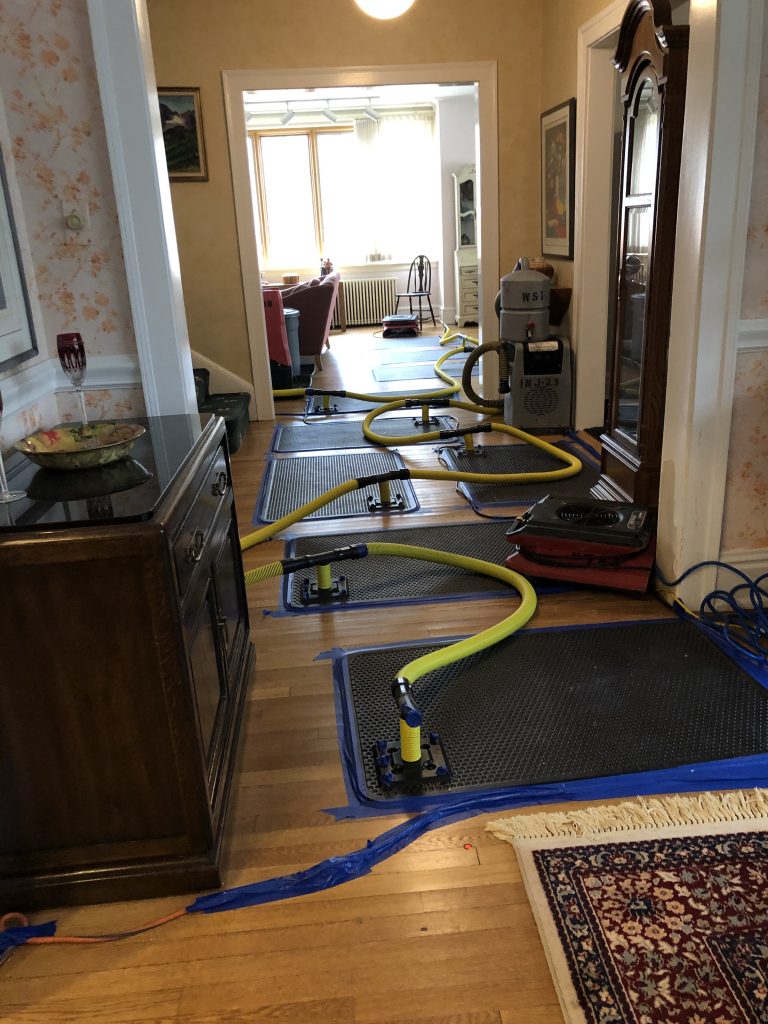
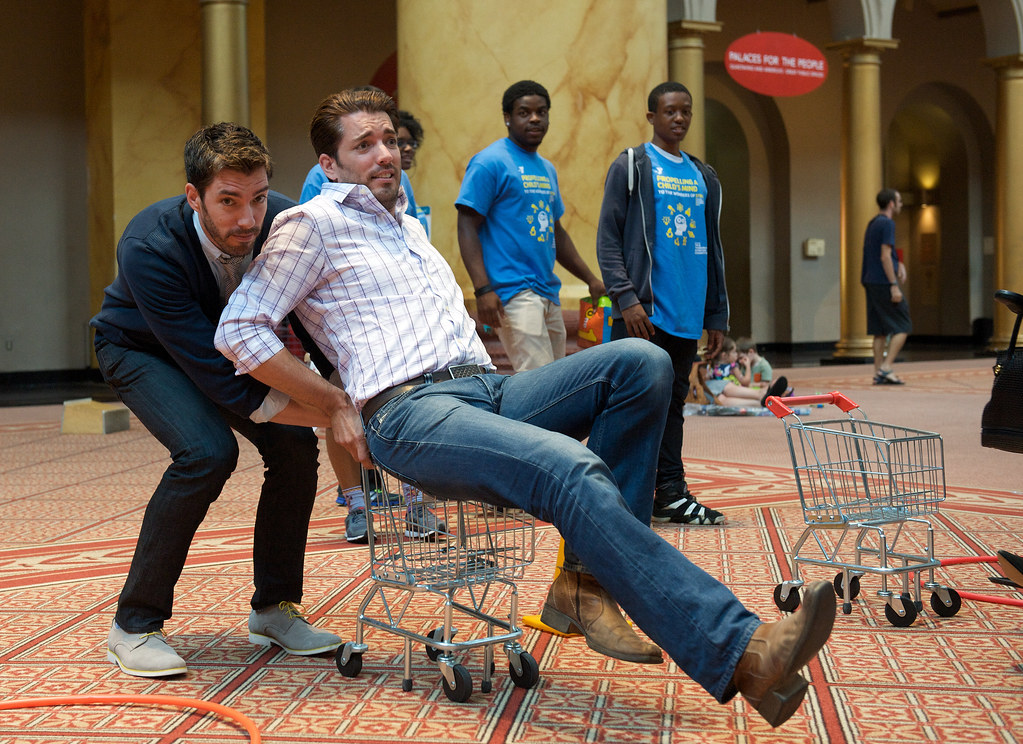
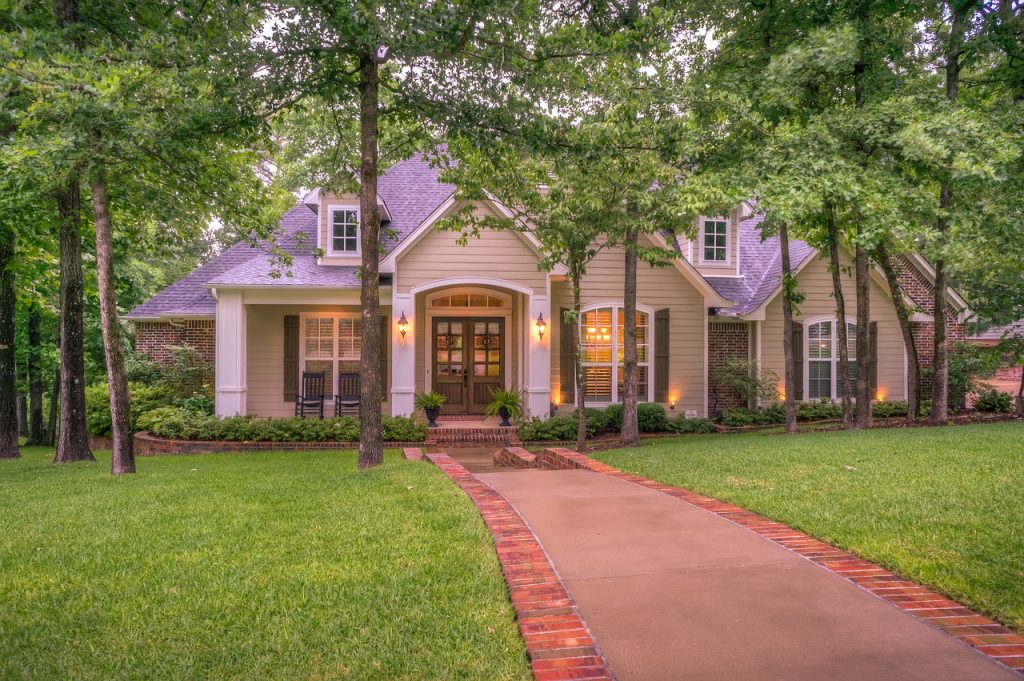
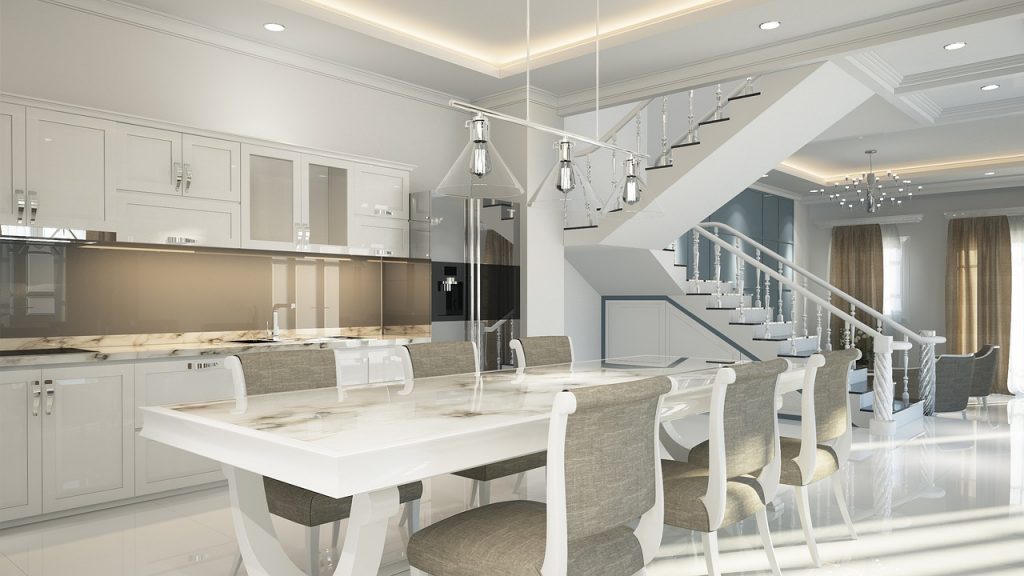
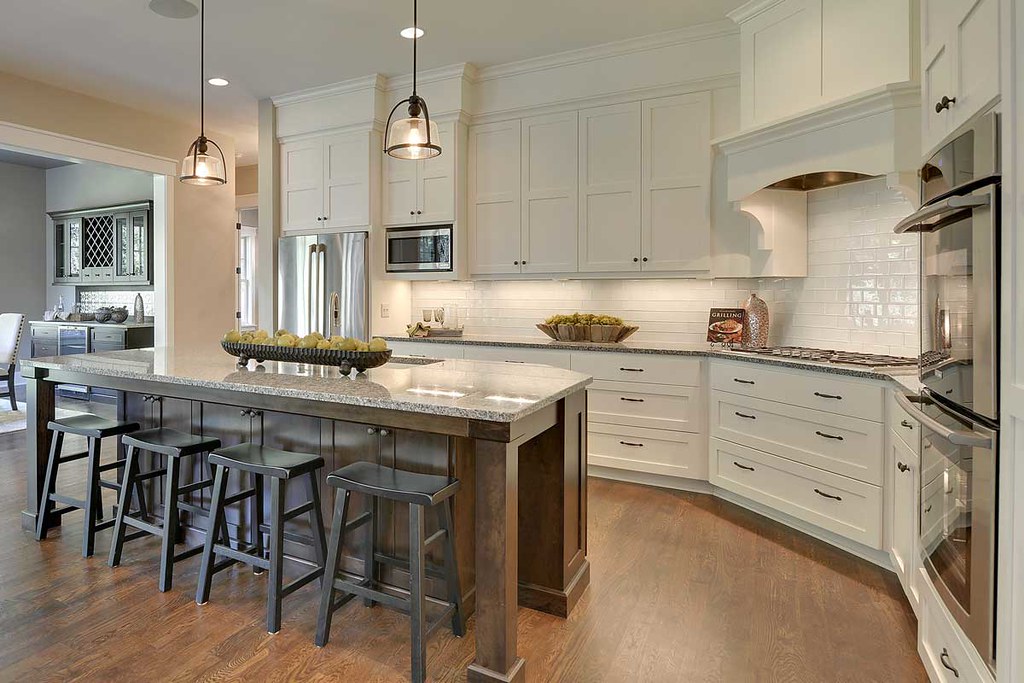

Laurie, I know of a lot of this through our emails, but this is a harrowing summary. Yes, tastes have changed a lot since 1975, along with expectations from those shows, which aren’t at all realistic. I’ve been reading that the pandemic has affected some aspects, such as people adding more outdoor living space (at least here in California, where it’s practical). And, perhaps ironically, open floorplans are not “healthy” in terms of COVID, so some walls might be added back to afford more private and isolating possibilities. Who knew?
I’m sure walls will come back into fashion one day. After all, how do you hide your clutter?
You are so right about changing demands in houses, and vagaries of the market. Probably many (most?) of us Boomers grew up in houses with one bath (or another half bath), divided living areas, no walk-in closets, laundry in basements and tiny kitchens–that was normal. It was good to have some privacy for the large families that would fit into the house. It astounds me to see the enormous homes in which only a few people live, and I sometimes wonder if there is a way to reconcile all that extra space with all the people who need a roof. Your house was well-loved and lived-in, which is the most important, so no regrets.
I grew up in the house you described. While our home of 45 years was much larger, we did have 3 kids, large family gatherings, and eventually 8 grandkids (the 3 who joined us through marriage only saw the house once). I love your idea that people who have so much space (like the two who bought our house) should think about all of those homeless people they pass by every day. Oh well, that’s part of the huge inequity to today’s society.
I remember hearing about some of these problems as they were happening – and the fear of letting workmen in at the height of covid, which you don’t even talk about. I had no idea about the kinds of features that today’s buyers want, and they all sound dreadful to me! Good thing we’re not planning to sell our house any time soon, because it doesn’t have any of those features (well, except the laundry room not being in the basement, because we don’t have a basement). I’m sad to hear that so much of your beautiful house ended up in the dumpster. As you say, it’s definitely not your house any more.
Thanks, Suzy. I’m over it now. Once they pulled out all of the trees and landscaping from the front and painted the stucco navy (a color that doesn’t match any other houses on the block), I was finished with feeling badly about leaving the house. I hope by the time you want to sell your house, some of the trends I described are finished.
A good story about a very difficult situation.
We were getting ready to put our house in Columbus on the market in order to move to North Carolina. We were in one of June’s condos in Princeville on Kaua’i when we got a call from our neighbor in Columbus – he had been walking down the street in front of our house when he noticed a sudden gush of water from a drainage tile at the street. Suspicious about that, he went into our house and discovered that the basement had a foot of water standing in it.
The house had never had a sump pump – it was on a hill, and the street was lower in elevation than the floor of the basement. But apparently the drain line had frozen and then when the snow began to melt, it backed up through the floor drain and into the basement.
The neighbor arranged for ServPro to come in and start the process of cleaning up the damage. The basement was half-finished, to the paneling on the finished side had to be cut out above the line of the water damage. We then began to plan for how to get the basement re-done so that we could sell the house.
Fortunately, one of the prospective buyers was himself a contractor, and bought the house with the stipulation that we stop any of our basement remodeling work and let him finish it to his own satisfaction.
You were fortunate to have buyers like that, Jeff. It was pretty painful to pay for and live with all the repairs to benefit someone else.
Your old house looks lovely, inside and out. I remember when you had the flood and all the problems with selling during the pandemic. At least that is behind you.
I confess, we do watch many of the programs you mentioned. And I think about what our house would look like to a buyer today (it was built in 1948; we’ve been in it since 1986 and have done extensive renovations, but there is only so much to be done within the footprint of the house and haven’t done anything major since 2002). I really think the “open floor plan” will go out of style once people realize there is no separation of space, no place to escape from noisy children, etc. And those huge kitchens seem like a waste of space to me. But someday, we’ll go on the market too and then we’ll find out if I’m right or wrong.
I hope things have changed when the time comes for you to sell. You are so right, Betsy, about how trends come and go. And a few walls are nice for privacy and hding clutter.
Wonderfully written Laurie, and it was obviously a wonderful house!
Best to remember it as it was, and not think about the dumpster!
Thanks, Dana. I am finally over it. I asked my former neighbor to stop calling me to describe the contents of the dumpsters. I think I can let it go because I do have all of the wonderful memories.
A tough story, Laurie, but very well told. And I have seen enough of those HGTV shows to also know what seems to float their boats these days. And it is so frequently superficial stuff. But, as you learned, for better or worse, that is the marketplace speaking.
When we moved from Wisconsin in 2015, we sold our house there very quickly. We thought it was perfect exactly as it was then, but the woman who bought it was a wealthy heiress to a large manufacturing company and really only interested in it because it was located next door to the house she had grown up in. Last we heard from our former neighbors, she had basically torn down everything and rebuilt it bigger and fancier and even moved the lovely pool and pool house to the other side of the property. Fortunately, on the day of the closing, we realized, as you note, it’s “not our house anymore.” But that is easier to write than to accept.
Thanks, John. I wonder when the tear downs and resulting McMansions that have happened in many communities near me will end. I think it is reflective of people who have the means thinking they need so many things to be happy. I’m old enough to know that’s not what will create happiness in the long run.